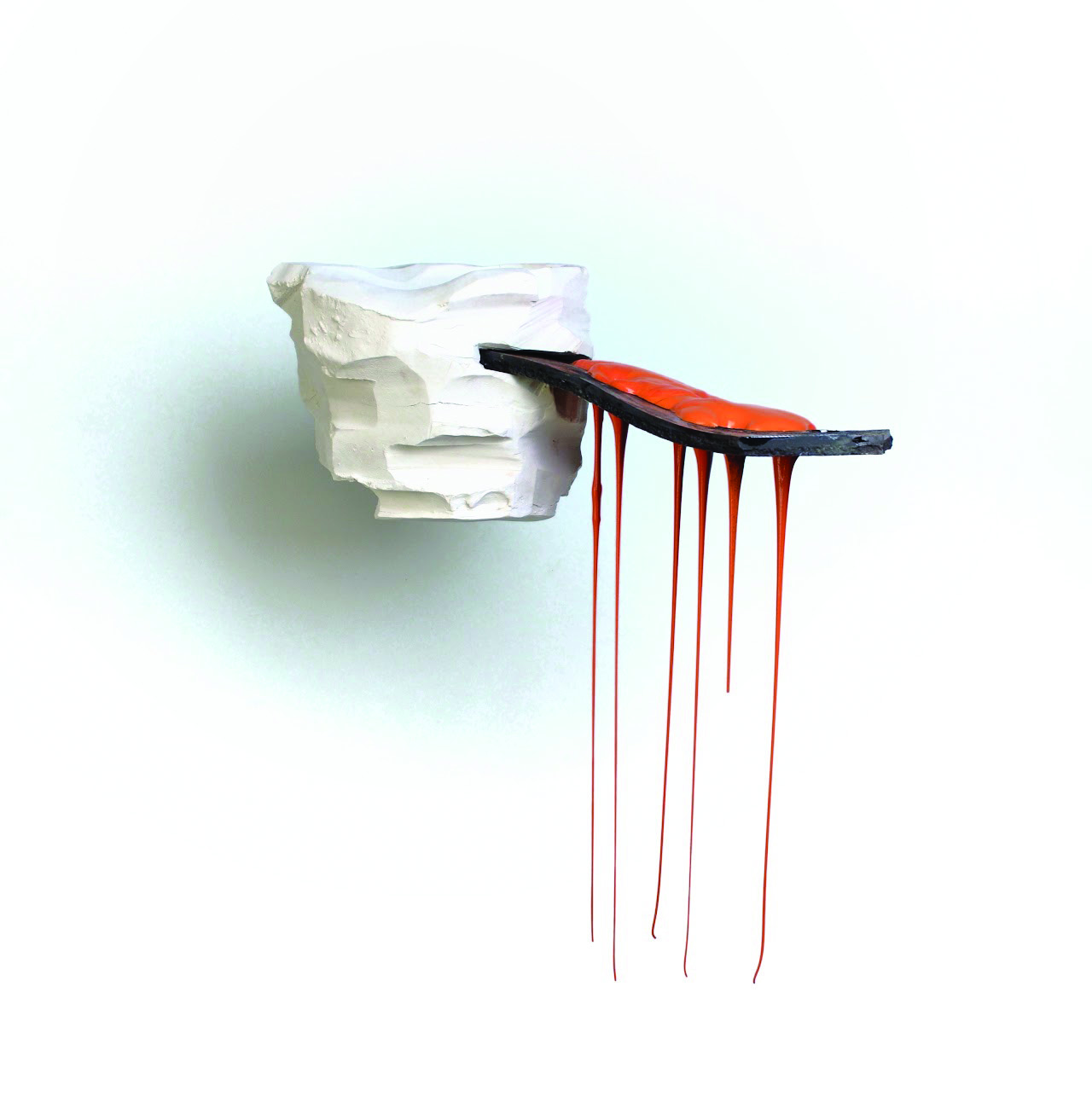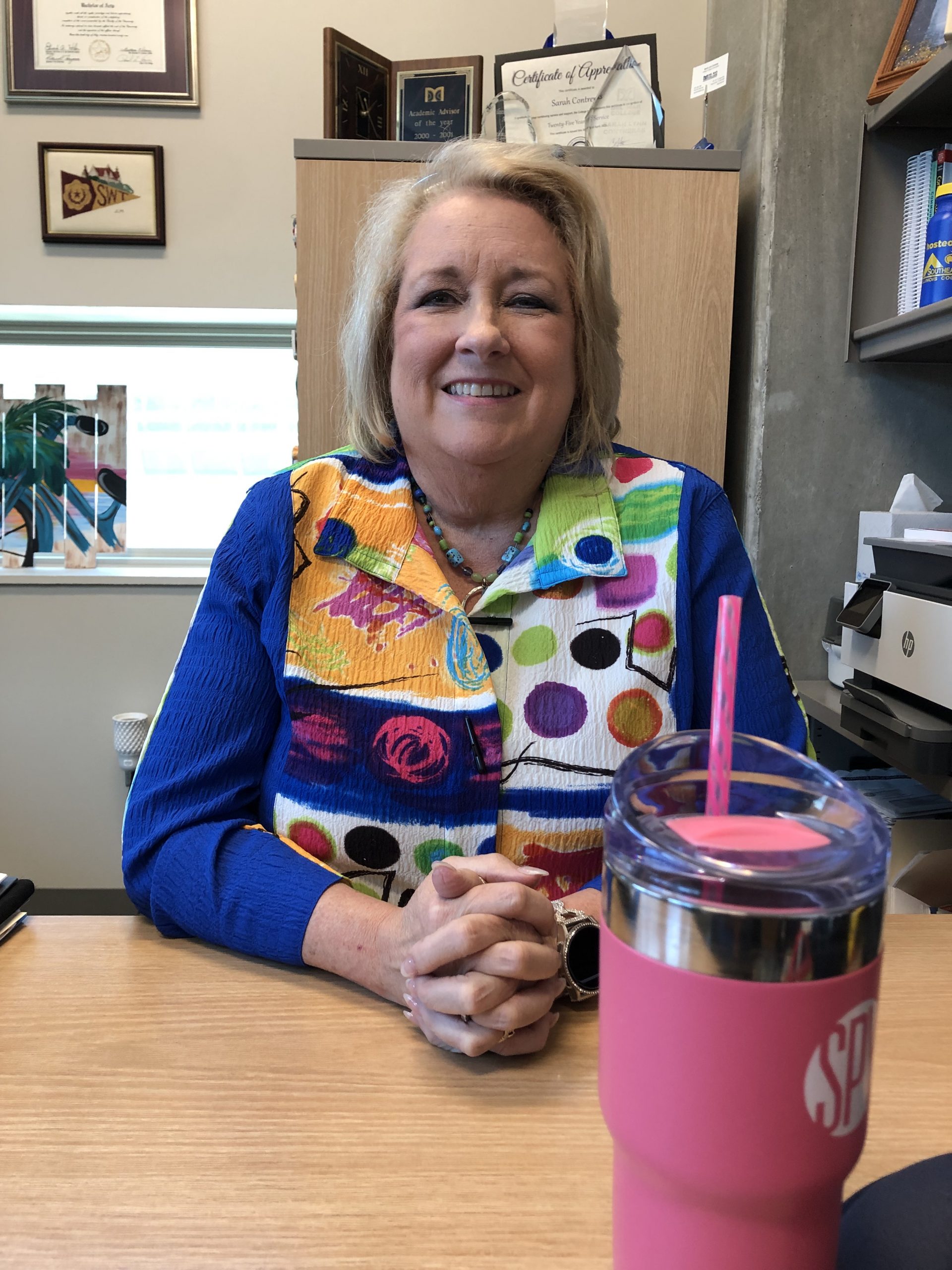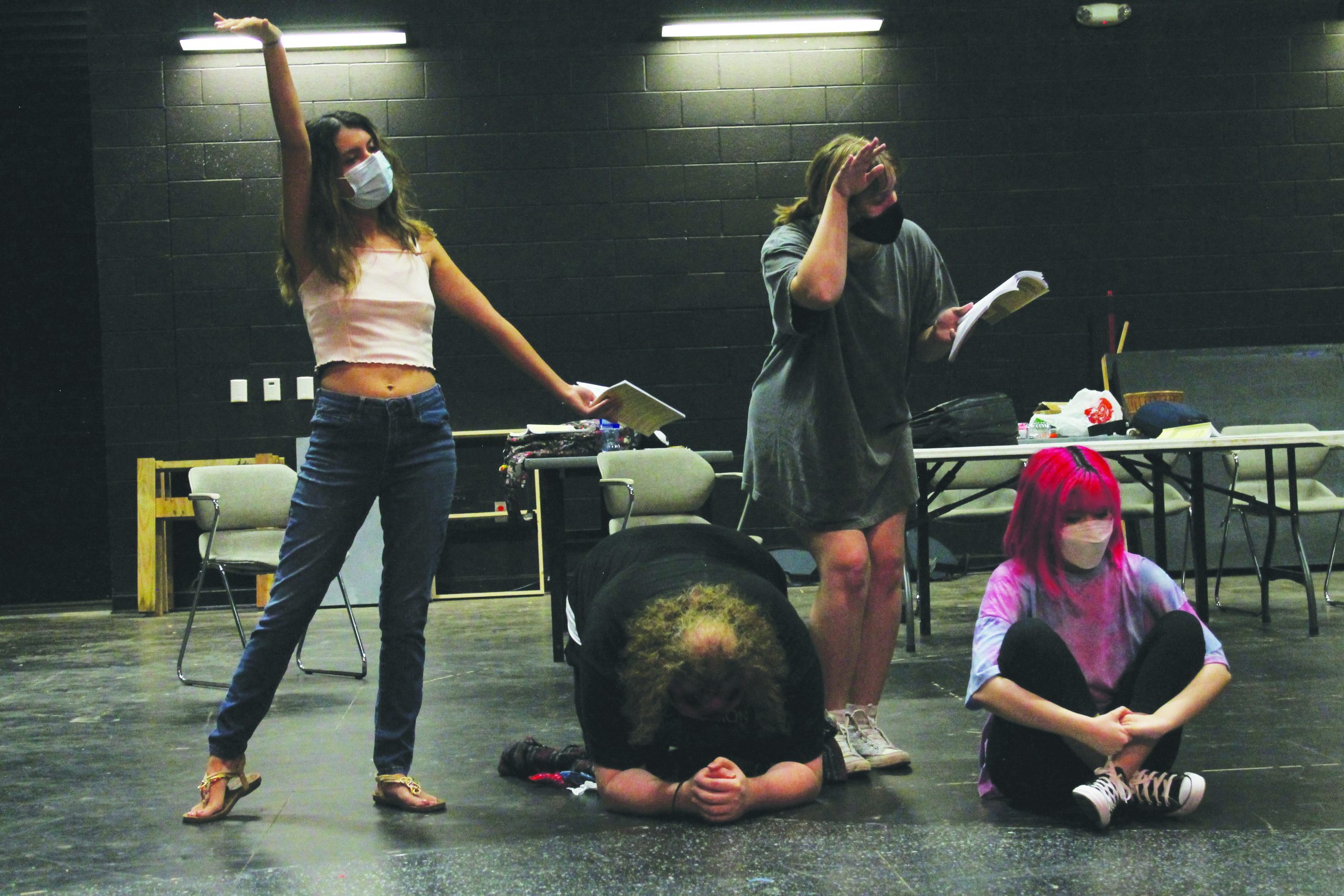William McKinney draws ceramic inspiration from man’s manipulation of its environment. McKinney spoke at an artist talk held in Del Mar College’s Richardson Performance Hall on Thursday, Oct. 2.
Growing up in West Virginia, McKinney was surrounded by elements that would later inspire his creative process in the future. His home state is known for its clay and he spent his childhood navigating the woods, finding rocks that had been impacted by the glass industry.
While attending West Virginia University, where he graduated from in 2013 with his bachelors degree, he took a trip to Jingdezhen, China. Known as the porcelain capital of the world, his experience here kickstarted his career in ceramics, building a small kiln, a porcelain lamp, and meeting and collaborating with other artisans. This inspired him to work with clay in ways he wouldn’t at his studio back home.
“I owe a lot to Professor Robert Boomer Moore,” said McKinney, who facilitated his needs as he went through undergrad, learning more about the salt and firing process. McKinney started to draw inspiration from natural materials like wood ash, turning it into glaze, creating a waterfall-like shape with porcelain to portray aspects of a waterfall.
McKinney’s first thesis expedition was called a “basket case,” inspired by baskets his mother would have in the house growing up.
After WVU, McKinney took a graduate assistantship at Ole Miss in Oxford, Mississippi, where he graduated in 2019 with his Master in fine arts. At this point, functionality completely left his process. He instead created abstract pieces like teapots that took a more sculptural process. He slowly stopped pottery and grew an interest in rock forms, thinking about home and where he’s from.
“My favorite place to go and get lost, really close to that waterfall I always chase after,” said McKinney after visiting Coopers Rock State Park back home.
The coal industry’s pollution was embedded into every aspect of life in West Virginia. He introduced pipes into his art along with brick with embedded pieces to look like polluted brick, and art that mirrored powerlines. McKinney took the negative impact on his environment into art.
“Everywhere I went I started to see this man and industry kind of cross over, cross over with nature as well,” said McKinney.
“I found clay and clay found me, and I have not let up,” McKinney said, when asked if he’s ever been less passionate about his work.




